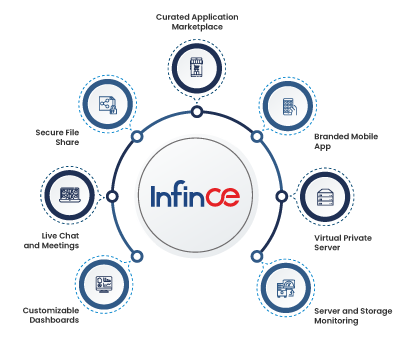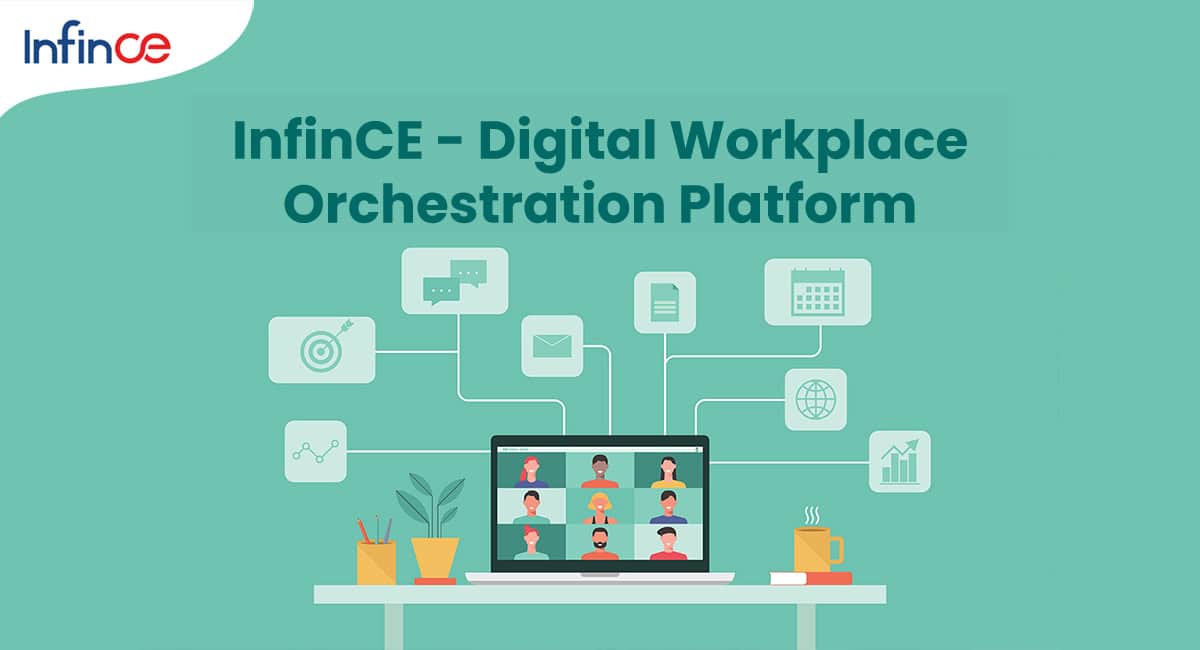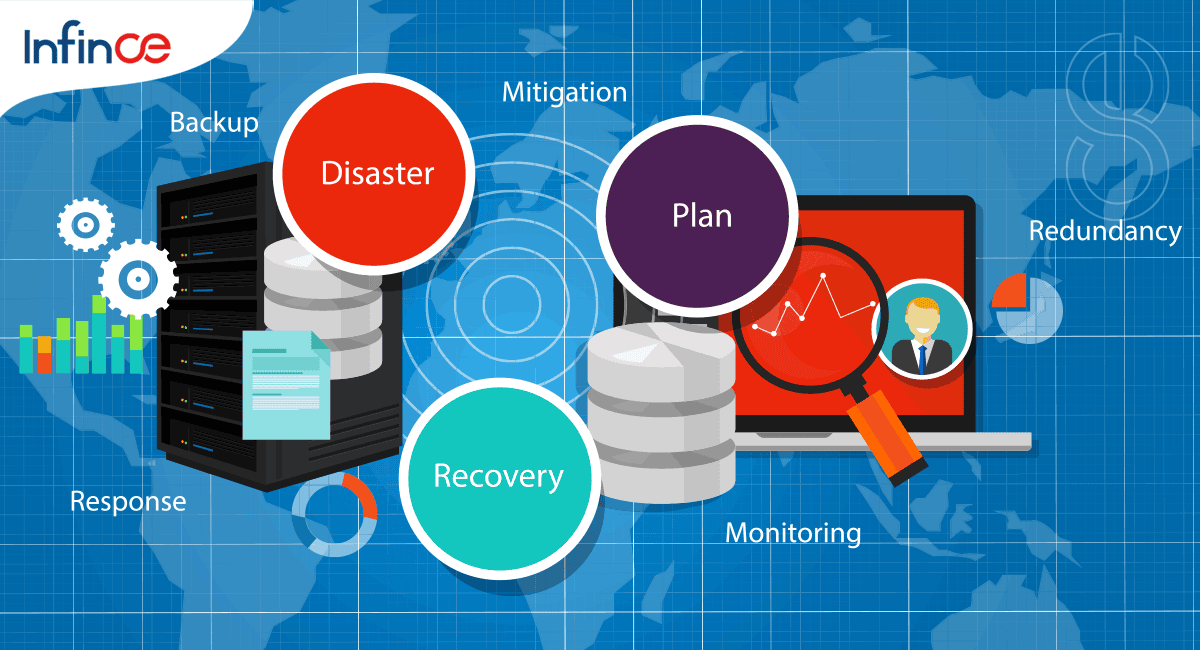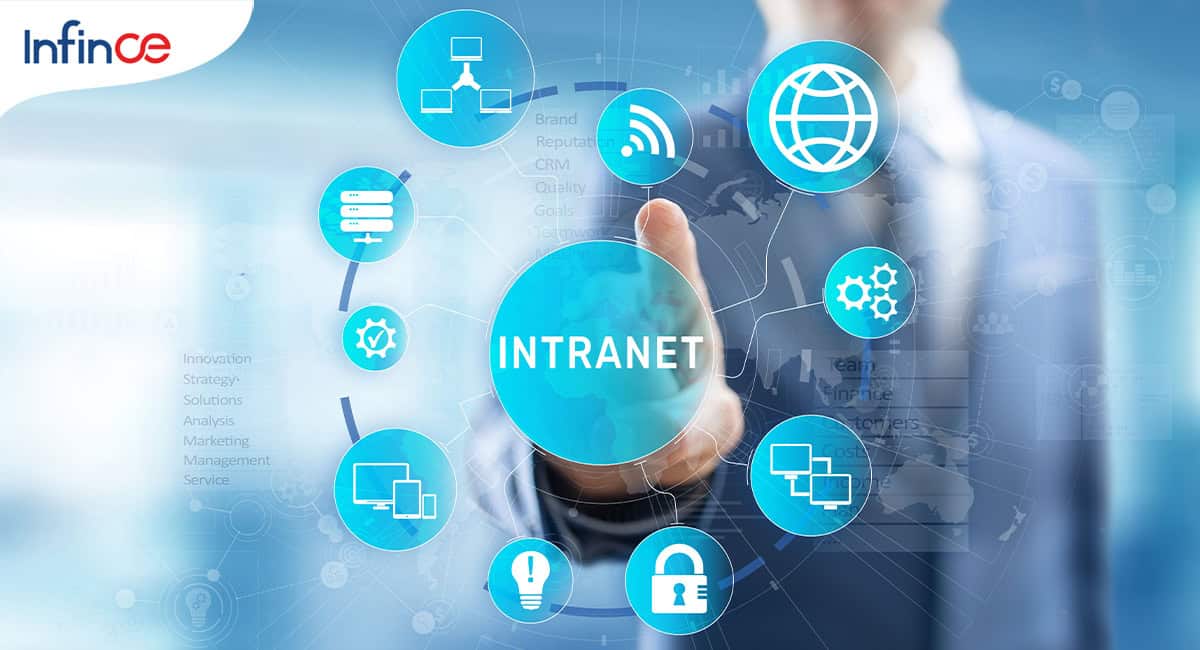The post-pandemic digital landscape called for organizations across the globe to relook at their toolkits as they adapted to remote work and hybrid arrangements. Post-pandemic, the adoption of flexible work arrangements surged, with 82% of company leaders intending to offer hybrid work options, as was reported by a 2020 survey from Gartner .
This seismic shift necessitates the organization to adopt digital tools that ensure effective collaboration, facilitate knowledge sharing, and bridge geographical divides. A private, secure network designed for internal use within an organization can empower companies to operate in any environment effectively. An employee intranet software is a centralized hub, facilitating seamless communication, collaboration, and efficient information sharing among employees.
Assuming a critical role in the everyday functioning of modern digital businesses, employee intranet platforms empower organizations to enhance productivity, align their workforce, and streamline internal processes.
In this comprehensive guide, we will explore the importance of intranet platforms in modern businesses, shedding light on their key features, benefits, and considerations for effective implementation.
A Unified Digital Workplace – Importance of Intranet Platforms in Modern Businesses
According to a report by Prescient & Strategic Intelligence, the global intranet market is projected to reach $39.71 billion by 2026, underscoring its growing importance.
Businesses looking to streamline employee communication and Intranet platforms have become indispensable tools for organizations seeking to optimize their internal operations. They serve as the backbone of internal communication, collaboration, and information sharing within a company.
For starters, employee Intranet platforms significantly enhance employee engagement and satisfaction by providing a unified digital workplace. A recent Gallup Workplace survey revealed that engaged employees exhibit 17% higher productivity. Features like employee directories, discussion forums, and recognition portals foster a sense of belonging and boost morale.
As per Gartner, enhanced employee engagement drives a 20% increase in productivity.
Setting the Stage: Key Features and Benefits of Employee Intranet Platforms
Before delving deeper into employee intranet platforms, let’s outline some key features and benefits that these platforms offer to modern organizations.
An employee intranet platform offers several benefits to organizations, including improved internal communication, enhanced collaboration, efficient information sharing, streamlined processes, and boosted productivity. These platforms also contribute to aligning employees with the organizational culture and fostering a sense of community within the workplace.
Key Features of Employee Intranet Platforms
1. Internal Communication (Announcements & Newsfeed):
- Internal communication is the lifeblood of any organization, and modern intranet platforms excel at facilitating effective communication. An engaging newsfeed and announcement system ensures important updates reach all employees. According to a study by Towers Watson, companies with effective communication have a 47% higher total return to shareholders. Intranet platforms offer information boards for effective communication and sharing of company announcements, news updates, and vital information. This feature ensures that all employees are well-informed about organizational developments.
- Collaboration platforms offer channels for specific teams or projects where real-time updates and announcements are shared, promoting transparency and collaboration. Employees can comment, react, and stay informed about organizational news and updates.
2. Collaboration Tools:
- Collaboration tools are central to enhancing productivity and fostering teamwork within organizations. Modern intranet platforms integrate various tools like document collaboration, project management, and video conferencing to streamline collaboration. A McKinsey report shows that effective collaboration can improve employee productivity by 20-30%.
- An employee intranet platform should integrate well into existing systems. Real-time document editing, shared project boards, and instant messaging can enable teams to collaborate seamlessly regardless of their location.
3. File Storage and Secure Sharing:
- Secure file storage and sharing capabilities are paramount in modern intranet platforms to ensure easy access to documents and data while maintaining security. Data breaches can cost a company an average of $3.86 million, according to IBM’s Cost of a Data Breach Report.
- Advanced permissions and encryption features ensure data integrity and confidentiality.
4. Employee Directory:
- An employee directory is a fundamental feature in intranet platforms, offering a centralized hub for accessing contact information and organizational hierarchies. It facilitates connectivity and collaboration across the organization, enhancing transparency and accessibility.
- A comprehensive employee directory should include profiles, skills, and contact details, fostering better collaboration and networking within the organization.
5. Security and Access Control:
- Ensuring security and access control is a critical feature of modern intranet platforms. Robust authentication, role-based access, and compliance measures are essential to safeguard sensitive organizational data and maintain regulatory compliance.
- Granular security controls and user permissions ensure data privacy and role-based access, protecting sensitive information from unauthorized access.
6. Task and Project Management:
Task and project management tools integrated into modern employee intranet platforms streamline workflows and enhance productivity. They allow teams to create, assign, and track tasks and projects collaboratively. According to a PwC study, 77% of high-performing projects use project management software.
7. Mobile Accessibility:
Mobile accessibility is a vital feature in modern intranet platforms, ensuring that employees can access essential information and collaborate on-the-go. With the proliferation of smartphones, mobile accessibility has become crucial for a connected and agile workforce. A Global Workplace Analytics report indicates that 48% of employees work remotely at least some of the time.
8. Integration Capabilities:
Integration capabilities are essential for a seamless user experience by allowing intranet platforms to integrate with other essential tools and applications used within an organization. Integration enhances efficiency and reduces manual effort by providing a centralized hub for accessing various systems and data. As per surveys 77% of employees believe integrated technology enhances their productivity.
Integration streamlines workflows, allowing employees to access and manage different tools within an intranet platform.
9. Employee Feedback and Surveys:
Gathering employee feedback and conducting surveys within an intranet platform is crucial for gauging employee satisfaction, identifying areas for improvement, and fostering a culture of open communication. Engaged employees are 21% more productive, as highlighted by a Gallup report.
Benefits of Employee Intranet Platforms
1. Improved Communication, Collaboration, and Productivity:
Intranet platforms facilitate seamless communication and collaboration, leading to increased productivity and efficiency within the organization.
2. Alignment with Organizational Culture:
By providing a platform for organizational updates and sharing of values, intranet platforms help align employees with the organizational culture, fostering a sense of belonging.
3. Enhanced Employee Engagement and Community Building:
Intranet platforms create a sense of community by encouraging interaction and engagement, contributing to a more cohesive and motivated workforce.
Considerations for Implementing an Employee Intranet Platform
Implementing an employee intranet platform is a strategic decision that can significantly impact an organization’s communication, collaboration, and overall efficiency. A well-thought-out implementation process is crucial for maximizing the platform’s potential and ensuring successful integration into the organization. Here are key considerations for a successful employee intranet platform implementation:
1. Needs Assessment and Requirement Analysis:
Before choosing an intranet platform, it’s essential to conduct a thorough needs assessment and requirement analysis. Understand the unique needs, challenges, and objectives of your organization. Gather input from different departments and stakeholders to identify specific features and functionalities that are crucial for your intranet.
2. User-Friendly Design and Accessibility:
The platform should have an intuitive interface and be easily accessible to all employees, regardless of their technical expertise. Consider the diverse needs of your workforce, including remote workers or those on the field. Mobile responsiveness and a user-friendly design are vital aspects to ensure widespread adoption.
3. Integration with Existing Systems:
The intranet platform should seamlessly integrate with existing tools and systems used within the organization, such as email, project management software, or customer relationship management (CRM) systems. Integration enhances productivity by providing a centralized hub for accessing and managing various tools.
4. Data Security and Compliance:
Security is paramount. Ensure the intranet platform complies with data security standards and regulations relevant to your industry. Implement features like role-based access control, encryption, and regular security updates to protect sensitive organizational data.
5. Training and Adoption Strategy:
Develop a comprehensive training plan to ensure employees understand the platform’s features and functionalities. Incorporate ongoing training and support mechanisms to encourage adoption and address any challenges employees might face during the transition.
6. Measuring and Analyzing Performance:
Establish key performance indicators (KPIs) to measure the effectiveness of the intranet platform. Metrics could include user engagement, adoption rates, task completion rates, and feedback. Regularly analyze the data to identify areas for improvement and optimization.
7. Budget, Customization, and Scalability:
Look for a platform that allows customization to align with your organization’s branding, culture, and unique requirements. Consider the budget constraints and scalability requirements while selecting an intranet platform to ensure a sustainable and cost-effective solution.
Additionally, ensure the platform is scalable to accommodate organizational growth and evolving needs.
8. Organizational Goals:
Align the choice of an intranet platform with the organization’s specific goals and objectives, ensuring that it meets the unique needs of the company.
Closing Thoughts
Intranet platforms have evolved into indispensable tools for modern organizations, revolutionizing internal communication, collaboration, and information sharing. By serving as centralized hubs, these platforms enhance productivity, align employees with the organizational culture, and foster a sense of community within the workplace. Implementing an employee intranet platform thoughtfully, considering organizational goals, budget, and scalability, can significantly elevate an organization’s internal operations, setting it on the path of success in today’s competitive business landscape.
Are you ready to enhance your organization’s internal communication and collaboration with a modern employee intranet platform? Explore the possibilities and transform your workplace with InfinCE today!












































